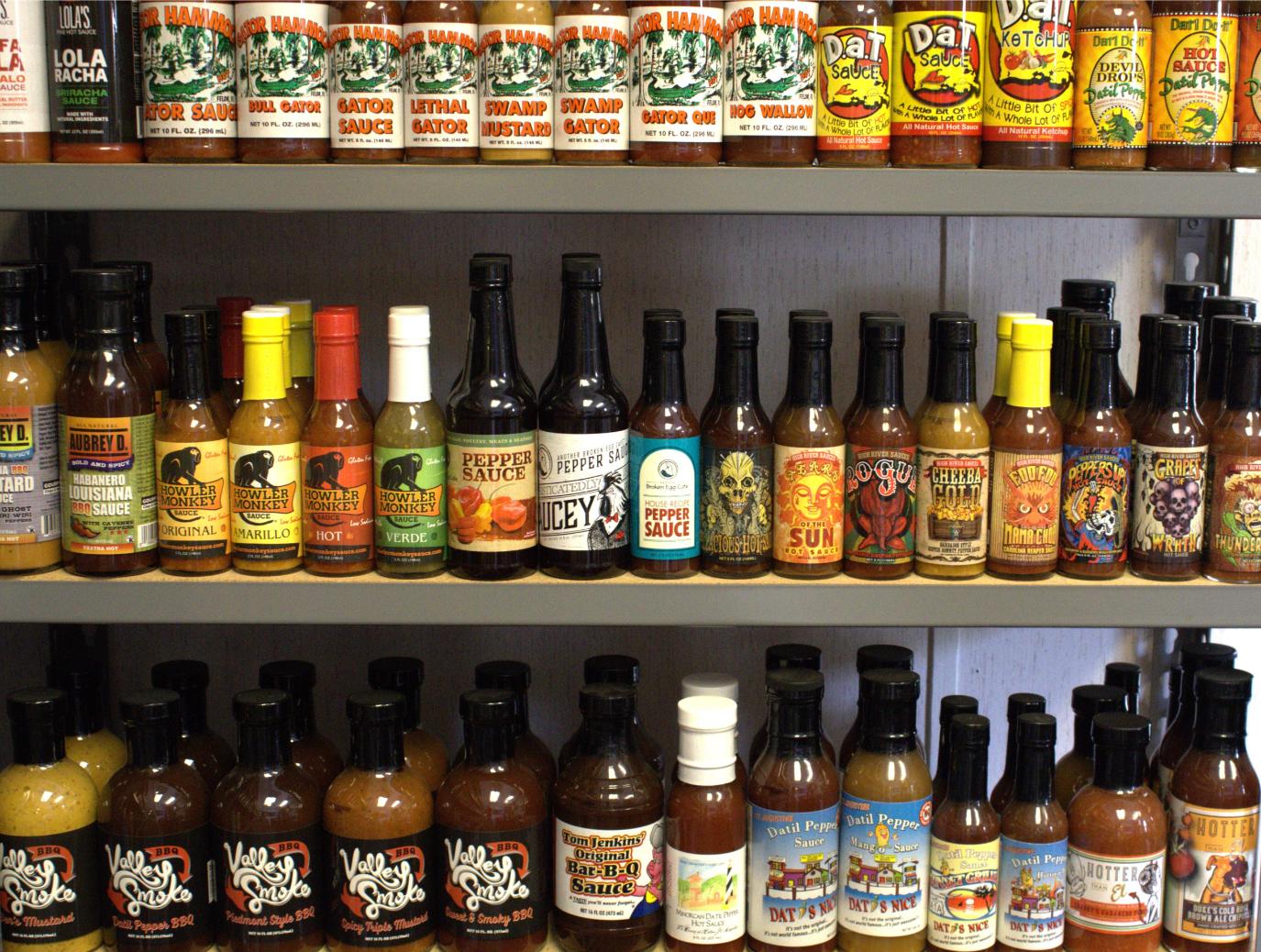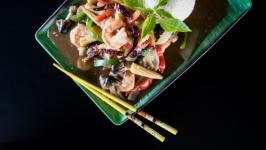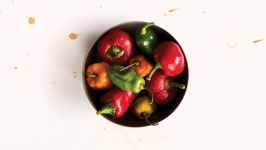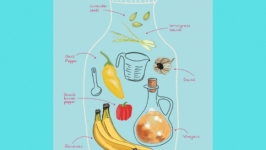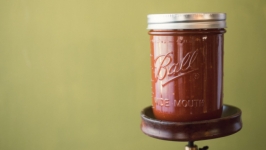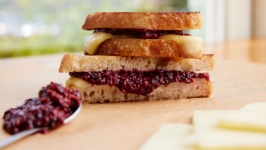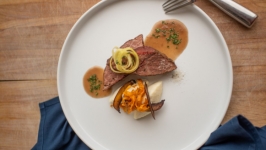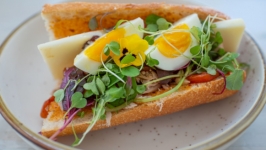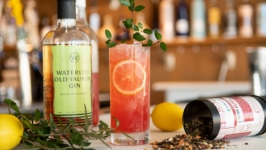Meet Endorphin Farms
You’ve been tinkering in the kitchen, tweaked Aunt Clara’s secret recipe for the condiment that was on the table at every family gathering and all your friends say it’s time to share your hot sauce with the world. Now what?
If you’re ready to go into full-blown production mode, a commercial bottler may be your next step. Enter Endorphin Farms. You may not have heard of them, but you’ve probably tasted some of the products they’ve bottled. Located in St. Augustine, this co-pack company works with 164 different customers around the country (including 35 in Northeast Florida) and bottles about 650 hot sauce, marinade and bbq sauce recipes.
Scott Martin, president of Endorphin Farms, did not set out to launch a bottling company. He was growing strawberries, beans and habanero peppers in Plant City and met a guy with a small bottling plant who wanted to buy his peppers. “He got behind in paying me for the peppers, so he said just take my equipment,” says Martin. He brought the equipment to St. Augustine in 1998 to bottle products for another one of his pepper customers and set it up. “I kept bottling for the St. Augustine customer and just charged him for the bottling instead of the peppers. That worked out well. And I started picking up other customers by word of mouth.”
To get started with a new product, the bottler first analyzes a recipe and prices it out to see if it makes business sense. Then they head into their sample kitchen to make the recipe to ensure it meets the customer’s standards, even when scaled to production quantities.
Endorphin Farms has seen a shift in formulation of hot sauces, according to Adam N. Fehr, the company’s business development officer. “When I started 17 years ago, datil sauce was our big thing along with a couple of habanero sauces. The change from then to now is unbelievable. Back then, ingredients were typically vinegars, onions, bell peppers, hot pepper mash, some raw vegetables and common spices. Now we’re sourcing three varieties of black garlic, fenugreek, any kind of fruit you can possibly imagine,” says Fehr.
Another trend the company has seen: people’s palates are becoming more accustomed to heat. What used to be hot 15 years ago is not even medium anymore. “Seventeen years ago, we did a product that used two different types of habaneros and was considered pretty hot – four out of 10. Nowadays tolerance has been built up, and we’re making products that are so unbelievably hot,” says Fehr. The company uses 25 different types of peppers, from mild to ultra-hot: Aleppo, cayenne, peri-peri, datil, serrano all the way to super-hot varieties like seven pot douglah and primo, reaper and the recently developed pepper X.
Fehr loves the variety of customers the company works with, the entrepreneurs and those pursuing second careers. “They are a passionate group of super creative people who are really into it,” he says. “It used to be that hot sauce was just an additive. Now people look at it as food, with so much more nuance and flavor. The hot, spicy condiment industry has blown up.”


